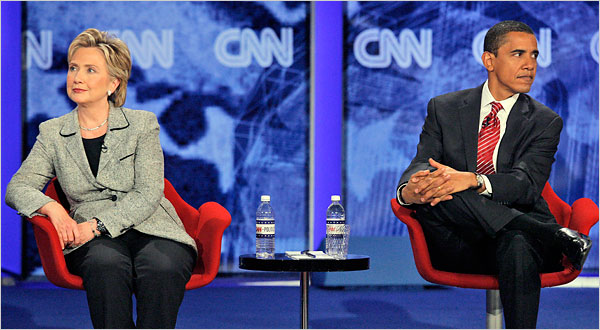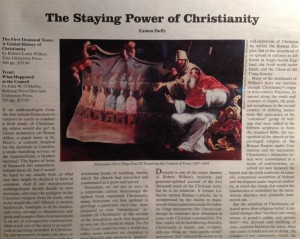
With all-American Fourth of July festivities like fireworks, frankfurters, and hamburgers, we continually construct our identification with an imagined community, as Benedict Anderson emphasized thirty years ago. Like the nation, the values that we associate with the United States, (e.g., democracy, equality, and liberty) are imagined constructs whose conceptions shift over time.
The United States is a nation of immigrants with the Statue of Liberty welcoming the “huddled masses” one of those frequently invoked traits. Beyond questions over the place of Native Americans in the nation of immigrants and contemporary debates over “immigration reform” and “border security,” the recent court case involving a yoga program in the Encinitas, California, public schools (which I have discussed previously here and here) illustrates the imagined nature of this national trait in a surprising way. Continue reading “All-American Fireworks, Hamburgers, Frankfurters and Yoga”

 People who identify themselves as a member of a community sometimes limit who can represent “their” community, especially if they perceive the community as marginalized or misrepresented in some fashion. Generally, the argument is that only those identified as being within the community have the right to make public representations of it. As an example, a few who identify as Hindus have complained about those not born as Hindus making public and academic assertions about things designated “Hinduism.”
People who identify themselves as a member of a community sometimes limit who can represent “their” community, especially if they perceive the community as marginalized or misrepresented in some fashion. Generally, the argument is that only those identified as being within the community have the right to make public representations of it. As an example, a few who identify as Hindus have complained about those not born as Hindus making public and academic assertions about things designated “Hinduism.”  An Idaho company has demonstrated the marketing power of a little religious studies knowledge, producing
An Idaho company has demonstrated the marketing power of a little religious studies knowledge, producing  In preparation for the first meeting of Culture on the Edge, at the University of Alabama, the group looked at some resources that purport to study identity in a more dynamic, theoretically-engaged way–e.g., works devoted to studies of diaspora, hybridity, syncretism, etc.–in hopes of finding models for how to study the production and movement of identity but without (unintentionally, perhaps) reproducing the very thing one means to study.
In preparation for the first meeting of Culture on the Edge, at the University of Alabama, the group looked at some resources that purport to study identity in a more dynamic, theoretically-engaged way–e.g., works devoted to studies of diaspora, hybridity, syncretism, etc.–in hopes of finding models for how to study the production and movement of identity but without (unintentionally, perhaps) reproducing the very thing one means to study.  I think it’s worth pausing for a moment to ask why the above photo (originally found
I think it’s worth pausing for a moment to ask why the above photo (originally found  In the same issue of The New York Review of Books that I
In the same issue of The New York Review of Books that I